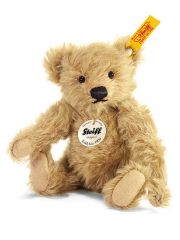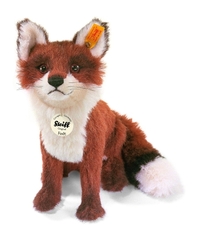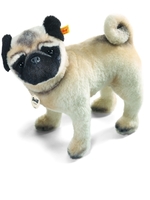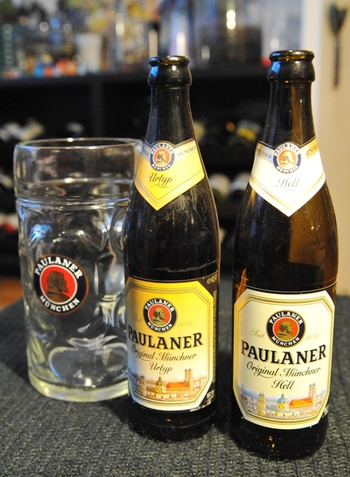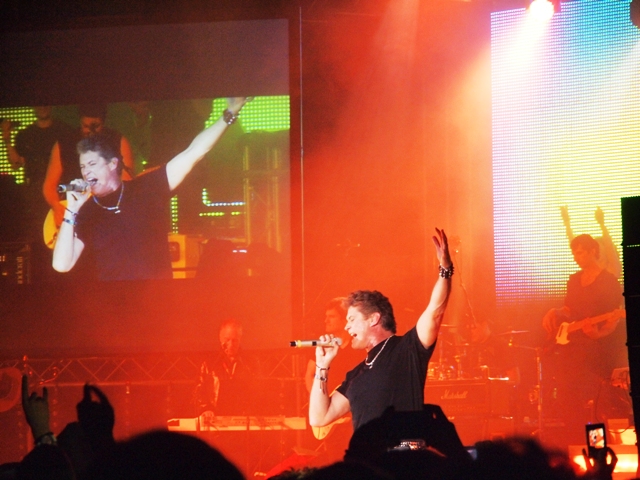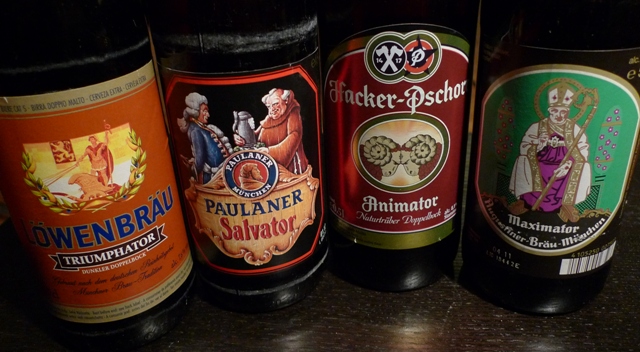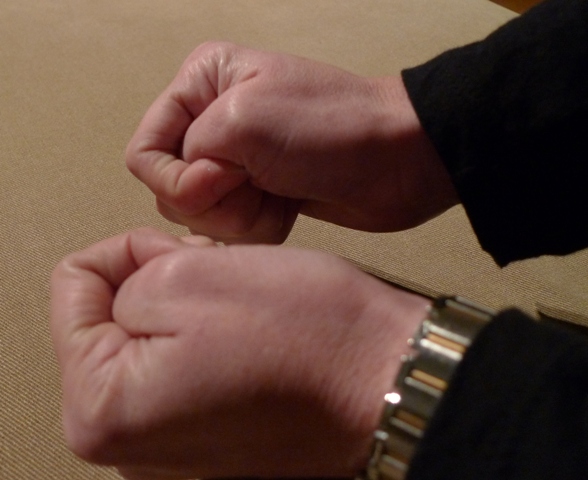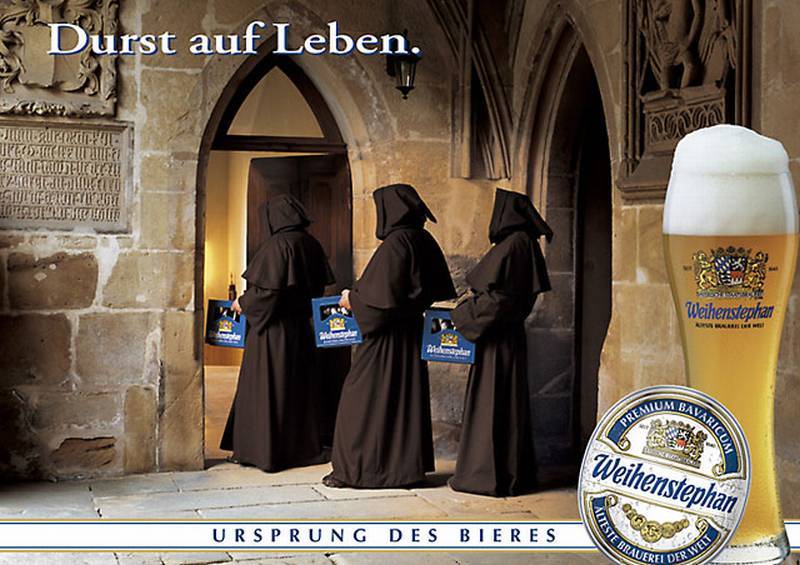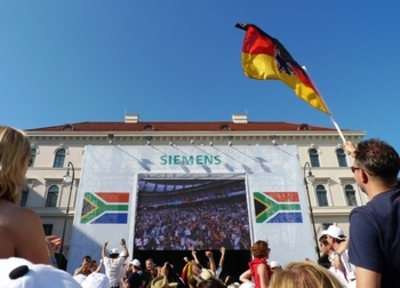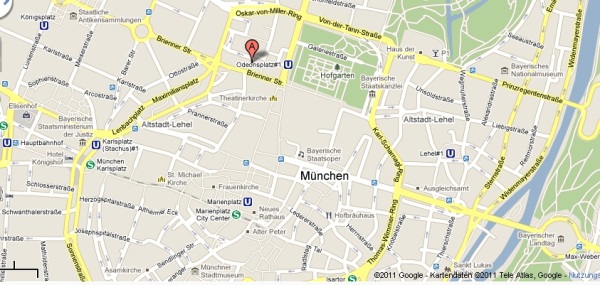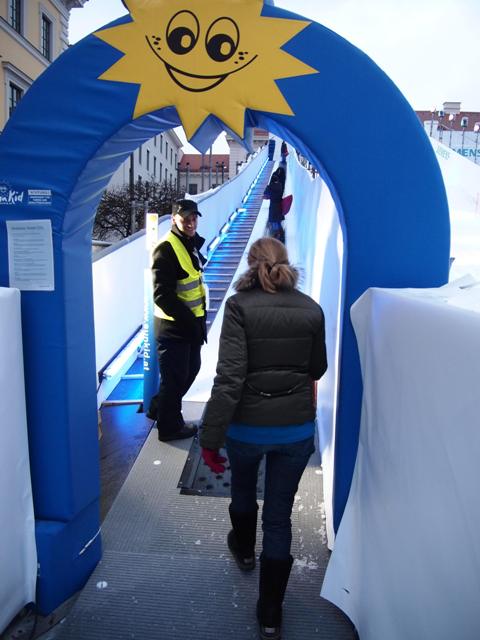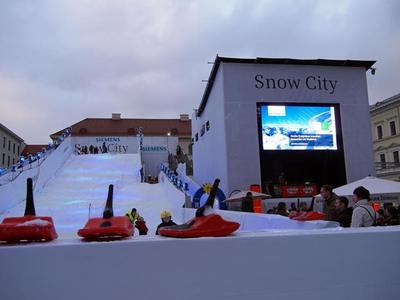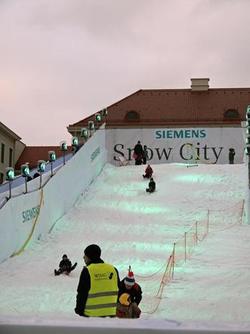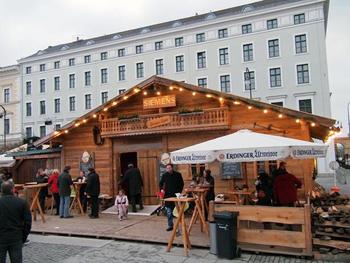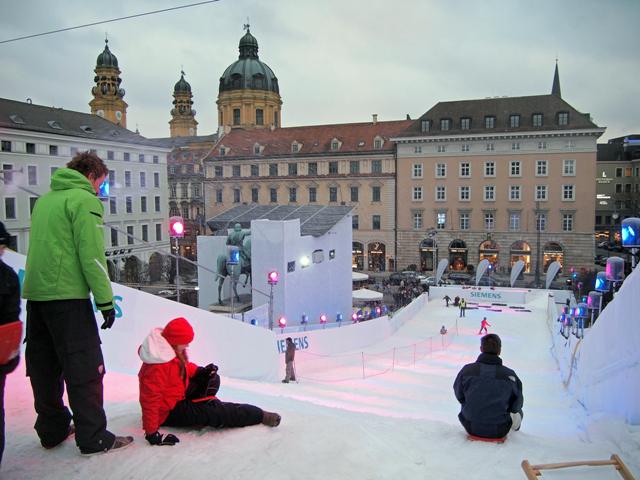The Andechs First Round
 Monday, February 28, 2011 at 14:05
Monday, February 28, 2011 at 14:05 Though we looked forward to this as "The Andechs Round," it also included König Ludwig's Helles and Mönchshof's Feines Helles Lager.
 We had to guess a bit on where to include the Mönchshof, as we expected it might be a darker beer than the other Helles. We had previously tried König Ludwig's Weissbier, for which it is well-known. The brewery, however, is best known as being the royal brewery. It remains in the hands of the Wittlesbacher family, which is currently headed by His Royal Highness Prince Luitpold of Bavaria (the great-grandson of Ludwig III, the last king of Bavaria). The House of Wittlesbach's coat of arms is the one you see on the bottle's label.
We had to guess a bit on where to include the Mönchshof, as we expected it might be a darker beer than the other Helles. We had previously tried König Ludwig's Weissbier, for which it is well-known. The brewery, however, is best known as being the royal brewery. It remains in the hands of the Wittlesbacher family, which is currently headed by His Royal Highness Prince Luitpold of Bavaria (the great-grandson of Ludwig III, the last king of Bavaria). The House of Wittlesbach's coat of arms is the one you see on the bottle's label.
You'll find a wealth of information (in German) on their website, as the family has had over 70 breweries since founding their first in 1260. The royal family has been inextricably linked to beer and its place in Bavarian culture, with its institution of the Bavarian Purity Law of 1516 (Duke Wilhelm IV), Elector Maximilian's 200-year long Weißbier Monopoly (allowing only the royal family to produce weißbier in the 17th and 18th centuries), and King Ludwig I's contributions of establishing the great traditions of Oktoberfest and Beer Gardens. I can't imagine Munich in the summer without beer gardens!
Mönchshof was one we see occasionally in the stores, at least this Lager, their Weinachtsbier (Christmas Beer), and their Schwarzbier that we tasted earlier. Mönchshof began as a Klosterbrauerei (a monastery brewery, though primarily for their own use) in 1349, becoming a brewing company in 1885 (brewing primarily for export). It's now part of the Kulmbacher brewing company, with this brand positioned as "Kulmbacher's Sympathetic Beer".
Mönchshof is from Kulmbach, in Oberfranken - the area which describes itself as "this is pure Bavaria." Think Hof, Bayreuth, Coburg, Bamberg...It's an area with a long brewing tradition but with smaller, more local breweries. And Pils is more popular in this area than it is here in Southern Bavaria. Hopefully we'll get a chance soon to travel there and sample some of the excellent local beers!
Back to the tournament...This one was what we'd call a triple overtime game. The beers were very similar - quite light and with very little hops. Mönchshof got the win, however, as it just had a slightly better feel in the mouth. I know, if we're basing it on carbonation levels, it's REALLY a close call!
Next up we have the Andechs round, with Andechs Vollbier Hell vs Andechs Bergbock Hell. Again, we weren't sure where to put the Bergbock Hell, but decided to place it with the Helles, even though it was a bock-style beer.
But first, about Andechs. For those of you not living in Munich, Andechs is a small town outside of Munich, in the Five Lakes District ("Fünfseenland"), situated between Ammersee and Starnbergersee. It's also home to the Benedictine monastery and its brewery.  Andechs Monastery
Andechs Monastery
The Holy Mountain ("Heiligen Berg") became the site for pilgrimages back in the 10th century, after word spread that relics including a branch from Jesus' crown of thorns were displayed there. In 1445, the first monastery was established on the site and the brewing tradition began. 50 years after the monastery was dissolved, King Ludwig I established the monastery in 1850 for the Benedictine order's Abbey of St. Boniface (Munich).
Interestingly (and I'm not sure why), this order does not recieve funds from the church tax that the government collects (9% of your income, if you check the religion box on your tax forms). So, the brewery, restaurant, and products are their largest source of revenue. Though it's known for its beer, Andechs produces many excellent products available in the area. It's schnapps are incredible (try the Honey, trust me!), and its dairy products fresh and of the highest quality. We'll devote a post soon to just an Andechs tasting (beer, cheese, etc)...It's deserving of its own tasting!
 But back to the monastery - One of the best easy hikes in the area is to go up to Andechs for a meal. The Munich public transportation system will take you there (S5 to Herrsching) and then it's a little under an hour easy hike through the woods and up to the monastery. A beautiful walk in winter snow, or an excellent chance to enjoy the view from the beer garden's terrace overlooking the valley in the warmer weather.
But back to the monastery - One of the best easy hikes in the area is to go up to Andechs for a meal. The Munich public transportation system will take you there (S5 to Herrsching) and then it's a little under an hour easy hike through the woods and up to the monastery. A beautiful walk in winter snow, or an excellent chance to enjoy the view from the beer garden's terrace overlooking the valley in the warmer weather.
We were excited to test the Helles against the Bergbock Hell and find out which we prefer. Since you're drinking beer in half liter and liter sizes at the monastery, it's hard to sample many varieties and still be able to walk down the mountain.
First up was the Vollbier Hell. An excellent helles, light and clear and crisp. It was a very good beer, though similar to the other very good helles beers we'd had before (Augustiner, Tegernseer, etc).
Then we poured the Bergbock Hell, to find it a much darker, golden (but still clear) beer. Very promising. Let's just say that Andechs describes the perfectly: as "Lust at first sip."
It had a lovely almost caramel taste, with sweet malty goodness. But it was not as strongly spiced as a dunkel beer - it was perfect balance of a lighter beer (like a helles) with all the great tastes of the darker, stronger beers. And it comes with the 7% alcohol content of the darker beers... We still have many beers to taste, but WOW, this one will be the one to beat!
I'm so happy with this discovery and will make sure to always keep some around. It is a truly outstanding beer!

Needless to say, the Andechs easily beat the Mönchshof Lager and is headed to the Sweet Sixteen to face off against the Hacker Pschorr Münchener Kellerbier.
 Frau A ...
Frau A ...  Post a Comment
Post a Comment  Beer,
Beer,  Germany & German Culture tagged
Germany & German Culture tagged  Andechs,
Andechs,  beer,
beer,  beer bracket,
beer bracket,  beer tournament ...
beer tournament ...  Print Article
Print Article  Email Article
Email Article 





